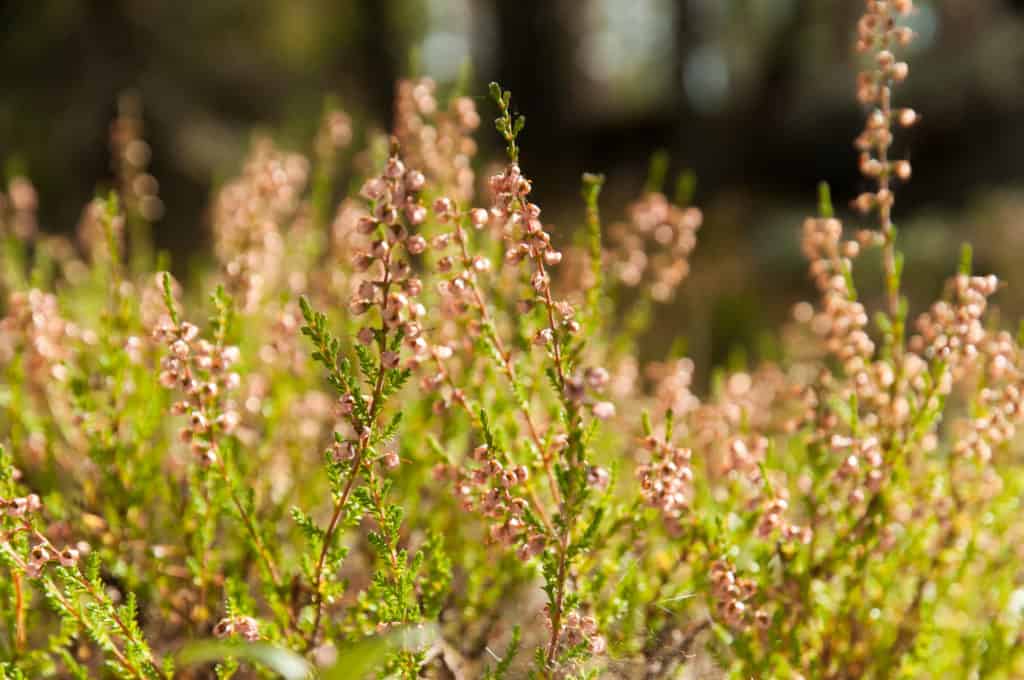The Finnish Natural Heritage Foundation acquired in spring an old lush wooden pasture in Haapavesi, Northern Ostrobothnia. The Kettukangas forest of 32 hectares consists mainly of herb-rich forests.
The single most important conservation value of the forest is the volume of common aspen (Populus tremula). Aspens of different ages, including old and decayed individuals, are found in large numbers over the whole area. The common aspen is the most voluminous tree species in many parts of the forest.
Many woodpeckers inhabit the forest; along with the great spotted woodpecker and black woodpecker also the more rare three-toed woodpecker and grey-headed woodpecker are found here. The nest of a common treecreeper is hidden under the loose bark of a decaying birch stump and the Eurasian wren sings amongst the thicket created by fallen spruces. The forest floor is coloured by wood sorrels, May lilies and marsh violets. Wood horsetails and ferns are common.
The forest was sold to the Foundation by the heirs of Veikko Honkala. All his nine siblings or their descendants were unanimous over the protection of the forest.
– Brother Veikko, who stayed behind to look after the family farm, was a nature lover. He always had two binoculars at the end of living room table and, for one reason or another, a major part of the farm’s forest remained in a natural state. I was very glad over how everyone agreed to let Veikko’s aspens to grow old in peace, says Reijo Honkala, the youngest of the siblings.
The abundance of deciduous trees and lightness of the forests owes to the impact of grazing cows several decades ago. When protected the forest may develop according its own processes. However, the increasing shading of spruces will be held back by nature management actions.




